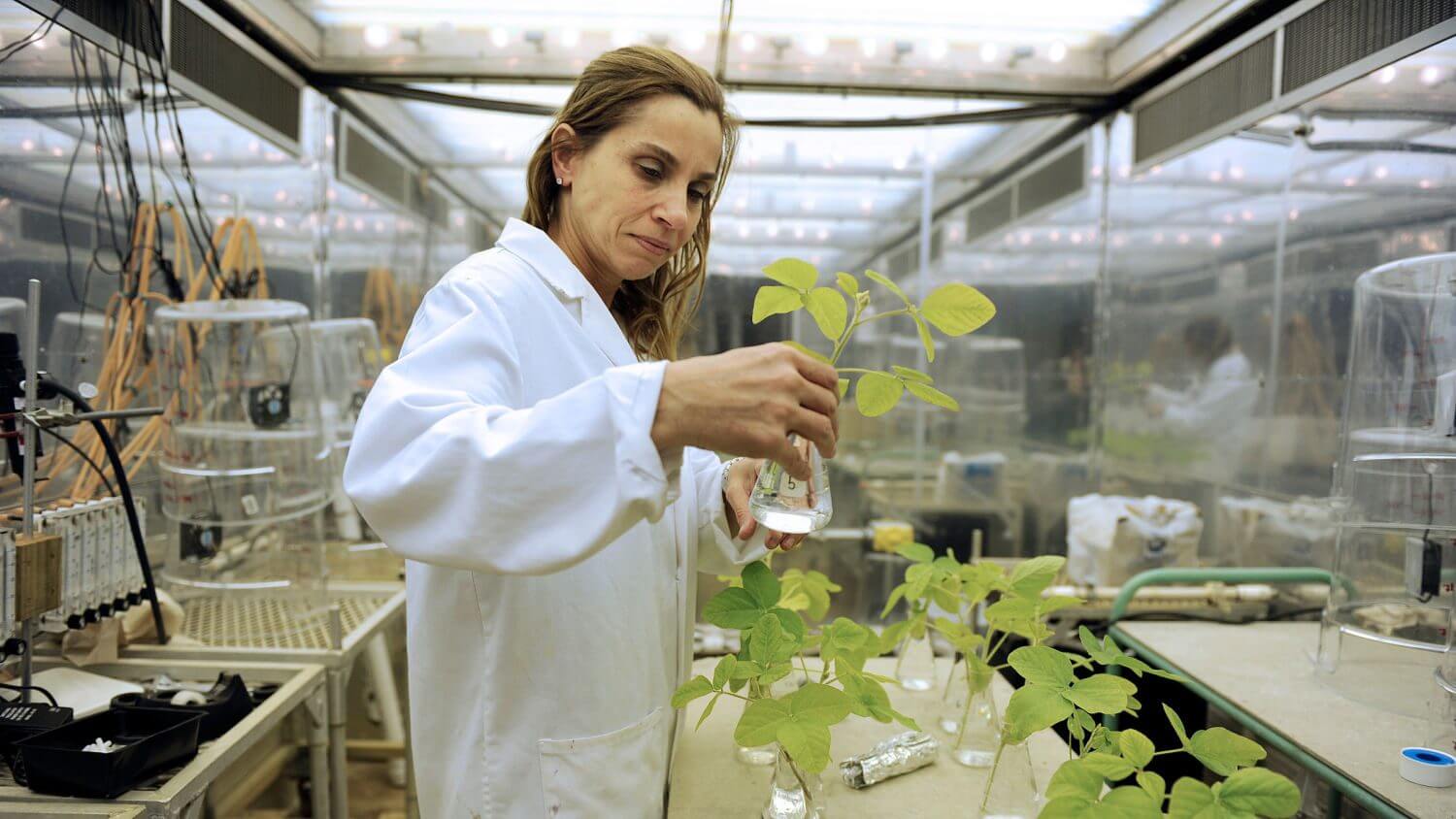In the last 25 years, the Commission has supported studies on possible risks to human and animal health as well as to the environment from genetically modified plants with about 300 million euros, and member states have also contributed a similar amount to national projects. None of the scientific studies could prove real hazards and all studies came to the conclusion that genetically modified plants are just as safe as those from conventional breeding [3, 4]. However, one should move away from the demand for 100% safety. There is no such certainty in living nature! Science can never prove 100% safety due to the system and methods used!
The procedure and methods of safety assessment have been further evolved and refined. They should certainly now be applied also to newly bred plants (organisms), checked for their suitability and then also be willing to draw appropriate conclusions from the research results.
In fact, since 2016, the Commission has no longer funded research projects for studies to identify possible risks of genetically modified plants. Smaller projects have been supported by national funding bodies at universities or stakeholders have specifically funded certain projects. Yes, there is a shortage of government-funded research. The notoriously underfunded universities and other research institutions cannot carry out such research on their own.

As far as can be seen, there are no studies on the safety of genome-edited plants in the EU. The usefulness of such projects should not be discussed here, especially not studies on plants that do not differ from naturally mutated plants. Regardless of safety aspects, however, these investigations generally increase our knowledge about these plants and their interactions with the environment. However, such studies always require field releases. Such releases are generally rejected by these 31 signatories and are subliminally to openly prevented in their countries (see here the example of Baden-Württemberg, Germany [5]). Those who call for more risk research should also openly declare their support for release trials!
The funding of the development of detection methods for genome-edited plants and products derived from them is to be welcomed for socio-political reasons alone. Transparency is extremely important for acceptance and trust! The development of methods should not be about the detection of one or a few mutations; this is already “state of the art”, but about the detection of how the mutation was produced or arose. With the promotion of such research, the possibilities but also the limits of a forensic proof of genome-edited plants can be demonstrated. Here again, politics should take note of the research results and implement them accordingly.
References:
- Foote N. (15.02.2022): MEPs demand EU funding for research into gene editing surveillance
- Häusling M. 08.02.2022): EU research on risks and detection methods related to new GM plants
- Norero D. (21.01.2022): GMO 25-year safety endorsement: 280 science institutions, more than 3,000 studies
- Jany Kl.-D. (19.02.2022): Sicherheitsforschung zu gentechnisch veränderten Pflanzen und Lebensmitteln
- Jany Kl.-D. (30.07.2020): Grüne frieren Forschungsprogramm zu Genome Editing ein
Klaus-Dieter Jany, a retired biochemist, was for many years at the Federal Research Center for Nutrition beginning in 1989. He became head of the Molecular Biology Center in 1992. The focus of his work is on the application of genetic engineering in the food sector.































